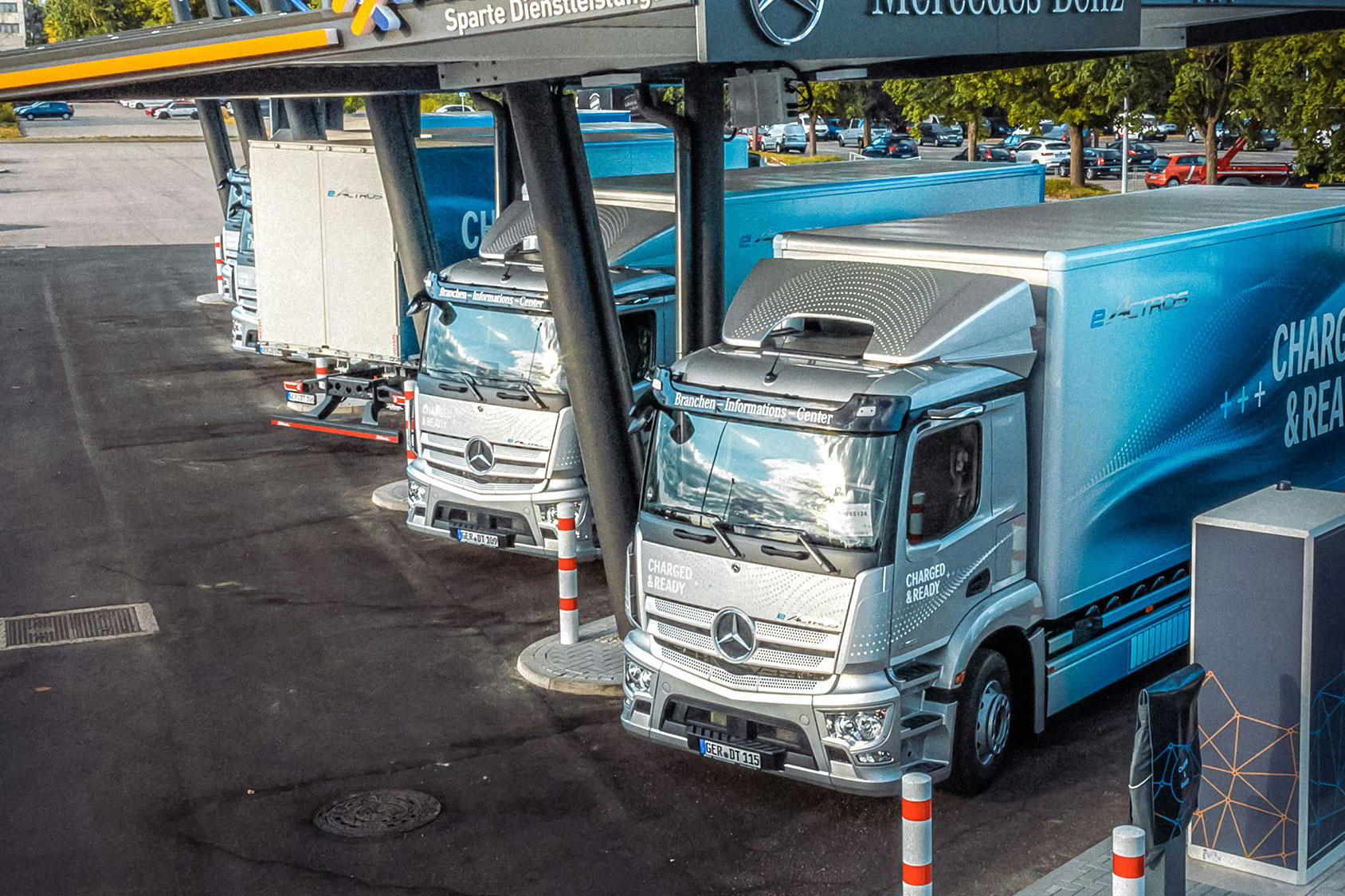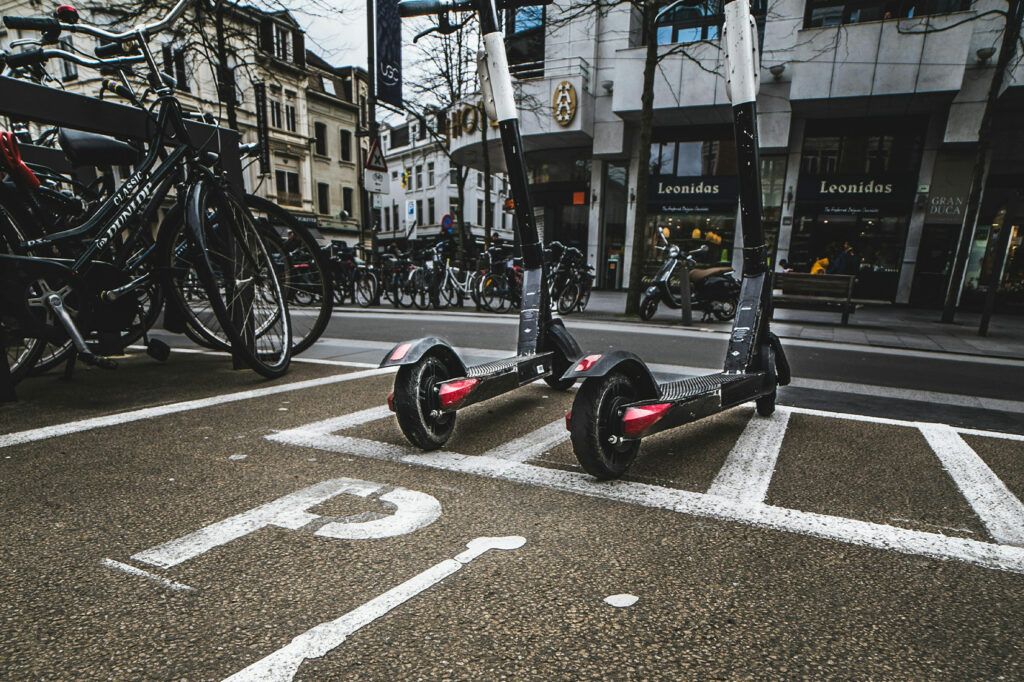
Electric mobility has experienced exponential growth in recent years, becoming one of the primary solutions for reducing greenhouse gas emissions and promoting more sustainable transportation. As technology advances and electric vehicles become more accessible, it is important to understand their evolution and the impact they have on modern society.
What is Electromobility or e-mobility?
E-mobility refers to the use of electric vehicles such as cars, bicycles, scooters, and buses that operate with electric motors instead of internal combustion engines. Electromobility is a more sustainable and environmentally friendly form of transportation as it reduces greenhouse gas emissions and air pollution.
E-mobility also encompasses the necessary infrastructure for recharging these vehicles, such as electric charging stations in cities and along highways. The main players here are all manufacturers of DC fast-charging points, which are increasingly being offered with higher capacities for heavy-duty land vehicles.
 Evolution of Electric Mobility
Evolution of Electric Mobility
Electric mobility has come a long way since its inception. In their early stages, electric vehicles were seen as a futuristic curiosity, with limited range and long charging times. However, thanks to advances in battery technology and charging infrastructure, electric vehicles have managed to overcome these limitations and have become a viable alternative to internal combustion vehicles.
Understanding the concept of e-mobility
Electric mobility refers to the use of vehicles powered by electric motors instead of internal combustion engines. These vehicles use rechargeable batteries to store the energy needed for their operation. The electrical energy can come from different sources, such as the conventional electricity grid, solar panels or wind turbines. Electric mobility applies not only to cars, but also to other means of transport such as bicycles, motorbikes and buses.
The impact of electric mobility on today’s society
Electric mobility has had a significant impact on society. Firstly, it contributes to reducing emissions of polluting gases, reducing noise and improving air quality in cities. By not emitting polluting gases during operation, electric vehicles help to combat climate change and reduce air pollution. The message of electro mobility is an important one, encouraging the use of renewable energy sources to take care of our planet.
Challenges and solutions for electric mobility
Despite the many benefits of electric mobility, there are also challenges that need to be faced. One of the main challenges is charging infrastructure. Although an increasing number of charging points are available, the network of electric chargers, especially fast chargers, needs to be further expanded. Also, it is essential to improve the range of electric vehicles and reduce charging times to make them comparable to those of internal combustion vehicles.
Real examples of successful electric mobility
Over the years, we have witnessed numerous examples of successful electric mobility in different parts of the world. In cities such as Amsterdam, Oslo and Copenhagen, electric vehicles have become a popular choice and policies have been implemented to encourage their use, such as tax incentives and the construction of charging infrastructure. In addition, companies such as Tesla have succeeded in popularising high-end electric vehicles, proving that electric mobility can be synonymous with luxury and performance.
The Future of Electric Mobility
Electric mobility has a bright future. As technology advances and production costs decrease, electric vehicles will become more accessible It is important that we contribute to the further expansion of the charging infrastructure, enabling vehicle users to further embrace electric mobility. It is essential that companies continue to invest in the development of electric mobility and promote policies that encourage its use.
Whether it is a hotel, a shopping centre, a charging operator or a service station, all of these places can install a DC fast charging point for users to charge their vehicle batteries, and in addition to supporting a change in the sustainability of the planet, your business will be visible in the EV charging infrastructure.
Only in this way can we achieve a more sustainable society and reduce our impact on the environment.
Get to know the 100% fast-charging electric chargers made in Barcelona
If you are interested in learning more about electric mobility and DC fast chargers, we invite you to learn more about our products. In Barcelona, we manufacture latest-generation electric chargers that offer fast and efficient charging for electric vehicles. Our chargers are reliable, safe and designed to suit the needs of any business. Don’t miss the opportunity to contribute to a more sustainable future and discover our fast charging electric chargers.
Lyra 60
The Lyra 60, with a charging capacity of 60kW and two CCS2 connectors, is the most compact charger on the market. Ideal for businesses that require fast rotating charging, such as restaurants, gyms, dealerships, transport fleets and PoR operators.
SuperFloox
The SuperFloox model, on the other hand, has a charging capacity of 60 kW and can charge up to three cars simultaneously, with two high-capacity DC connectors and an optional third AC connector up to 22 kW. It is a suitable option for medium-sized service stations, transport fleets or concessionaires and PoR operators.
UltraFloox
The UltraFloox is the most advanced model and allows the simultaneous charging of two vehicles, adapting to power ratings of 90, 120, 150 or 180 kW direct current. This model is an excellent choice for service stations, dealers, transport fleets and PoR operators requiring ultra-fast charging, as vehicles can reach 80% of their full battery capacity in just 15 minutes.
Make sure you always have the power you need with FLOOX chargers!





